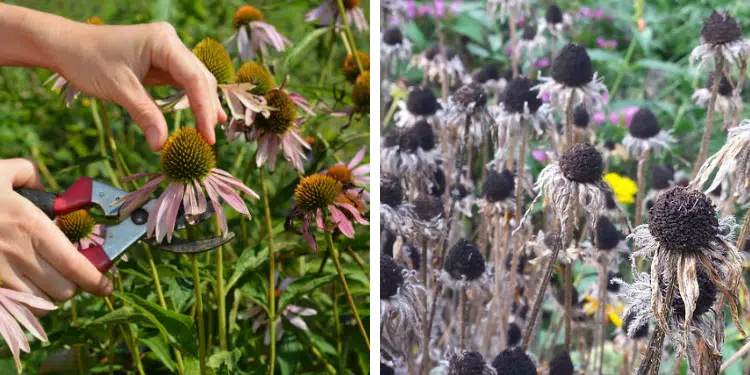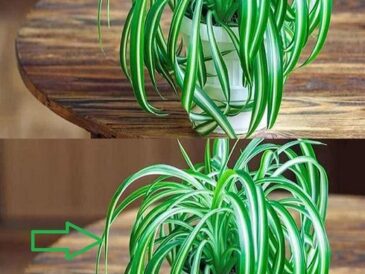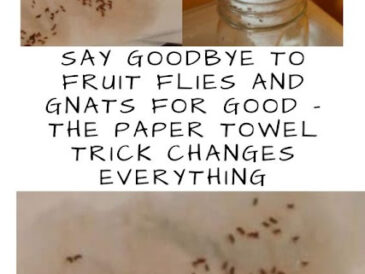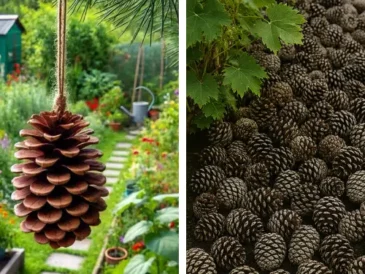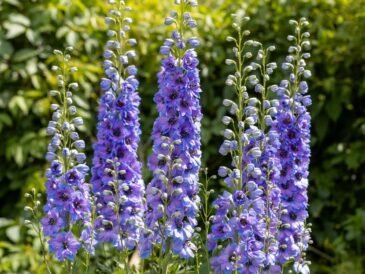10. Columbine (Aquilegia)
Columbine’s nodding blooms are charming, but its seed pods are just as important.
- Why not to deadhead: They readily self-seed, providing new plants each year. Removing flowers stops this natural spread.
- Bloom cycle: Spring to early summer.
- Wildlife value: Hummingbirds love the flowers; seeds ensure longevity in the garden.
- When to prune: Allow seed pods to mature and drop before cutting back.
11. Lupines
Tall spires of lupines are early summer stars.
- Why not to deadhead: Their seed pods can help reseed, ensuring longevity. Some gardeners deadhead early blooms for a second flush, but later flowers should be left for seeds.
- Bloom cycle: Late spring to early summer.
- Wildlife value: Nectar for bees and butterflies; seeds add natural reseeding.
- When to prune: Deadhead selectively; allow late pods to ripen and fall naturally.
12. Bachelor’s Buttons (Cornflowers)
These annuals are champions at self-seeding.
- Why not to deadhead: Leaving some seed heads ensures next year’s display without replanting.
- Bloom cycle: Spring through midsummer.
- Wildlife value: Pollinator-friendly; seeds self-sow.
- When to prune: Pull spent plants in late summer once seeds have scattered.
13. Nasturtiums
Nasturtiums are edible and vibrant but also prolific reseeders.
- Why not to deadhead: Their seeds drop and sprout the following year, saving you from replanting.
- Bloom cycle: Summer to frost.
- Wildlife value: Nectar for pollinators; seed pods are edible for humans.
- When to prune: Collect some seeds for controlled planting but leave many to fall naturally.
14. Hollyhocks
Hollyhocks are tall, stately, and biennial – self-seeding is essential.
- Why not to deadhead: If you cut flowers too early, you won’t get seeds. Without reseeding, your hollyhocks may disappear after two years.
- Bloom cycle: Summer.
- Wildlife value: Pollinator magnet. Seeds ensure the next generation.
- When to prune: Allow pods to dry and scatter before trimming stalks.
15. Roses (Varieties with Hips)
Most roses benefit from deadheading – but not those grown for hips.
- Why not to deadhead: Rugosa and species roses produce hips – bright red or orange fruits – that are both beautiful and nutritious. Birds feast on them in winter, and humans can use them for teas and jams.
- Bloom cycle: Summer into fall.
- Wildlife value: Nectar for pollinators, hips for birds and mammals.
- When to prune: Leave hips to mature; prune back in late winter.
Why These Flowers Thrive Without Deadheading
Choosing not to deadhead these flowers supports:
- Self-seeding: Many of these plants naturally multiply when left alone.
- Wildlife habitat: Birds, bees, butterflies, and even beneficial insects rely on seeds and seed heads.
- Winter beauty: Frosted seed heads, stalks, and plumes add texture to dormant gardens.
- Low-maintenance gardening: Less pruning means less work for you.
Deadheading has its place, but knowing when not to deadhead is just as important.
By leaving seed heads on coneflowers, milkweed, hollyhocks, roses, and more, you’re not neglecting your garden – you’re enhancing its natural rhythm.
Pages: 1 2
